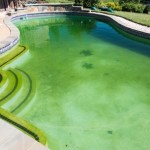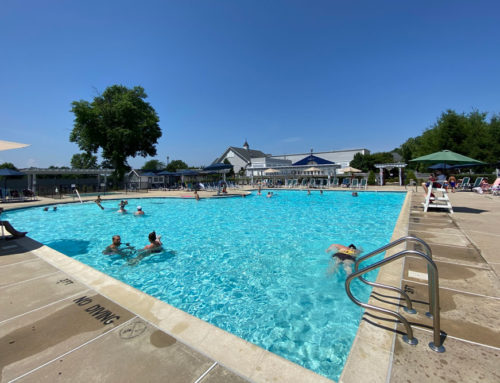You put so many chemicals into your pool every day, it’s worth understanding what all those shocking and treating solutions are doing in the water. Most of the time, they’re addressing all the contaminants that swimmers bring into the water through normal use of your pool. If regularly serviced, these materials pose little threat to the overall safety of your pool’s water, but left alone, serious problems can occur.
Algae is one of the most common issues pool management must face, and dealing with dangerous growths can differ based on what kind of bacteria is growing in your pool. Pool management should address any algae problem swiftly and completely to keep swimmers safe and avoid any shutdowns from local health authorities.
All about algae
When most people think of algae, they envision the green, mossy material that would build up on the edges of fish tanks. However, the algae that grows in pools can be an entirely different monster.
SwimmingPool.com explained that there are four major categories of algae. The most common variant, green algae often blooms when a pool’s filter dips in efficiency or you don’t add the proper amount of chemicals. Cloudy or hazy water gives rise to this free-floating algae, though sometimes it may cling in sheets to the side of the pool.
Yellow algae is usually found growing on hard surfaces around the edges of your pool. This kind of bacteria is also known as mustard algae for its distinctive color. Once a yellow algae population has bloomed in your pool, it can be extremely difficult to get rid of – most strains are resistant to normal chlorine solutions, so you might need an expert pool maintenance service to give you a hand.
If the name “black algae” sounds threatening, that’s because it is – black algae is the hardest type to remove. If left to grow, black algae extends its roots into the plaster surrounding your pool. This can cause extensive damage to your foundation that may be too expensive to repair. Black algae grows a protective layer over itself that’s able to repel most commercial cleaning solutions.
Technically a fungus, you’ll probably never have to worry about pink algae, a rare strain that grows in uncleaned nooks and crevices.
Fight algae with filtration and sanitizer
Like most facets of pool maintenance, regular service is enough to prevent most problems related to algae blooms. In particular, River Pools and Spas urged managers to focus on keeping sanitizer levels up to a safe minimum.
Depending on the size of your pool, your sanitizer levels will differ, but River Pools and Spas recommended salt chlorine generators as an automatic way to ensure that any algae populations are kept in check by a constant supply of chemicals. These devices also keep you from exceeding safe chlorine levels for swimmers, as too much can irritate their skin and eyes.
Pool management should also be careful not to skimp on running their filtration systems around the clock. Algae grows much faster and in greater quantities in stagnant water, but your filtration system creates enough of a current within your pool to deny algae the stable footing it needs to thrive. Even switching off your filter a few nights a week can give algae the opening it needs to contaminate your pool to unsafe levels.
Because algae prevention requires constant surveillance, you may want to look into pool maintenance services. Not only will expert technicians service your water to prevent algae growths at regular intervals, but they can take care of so much more around your facility, too.






